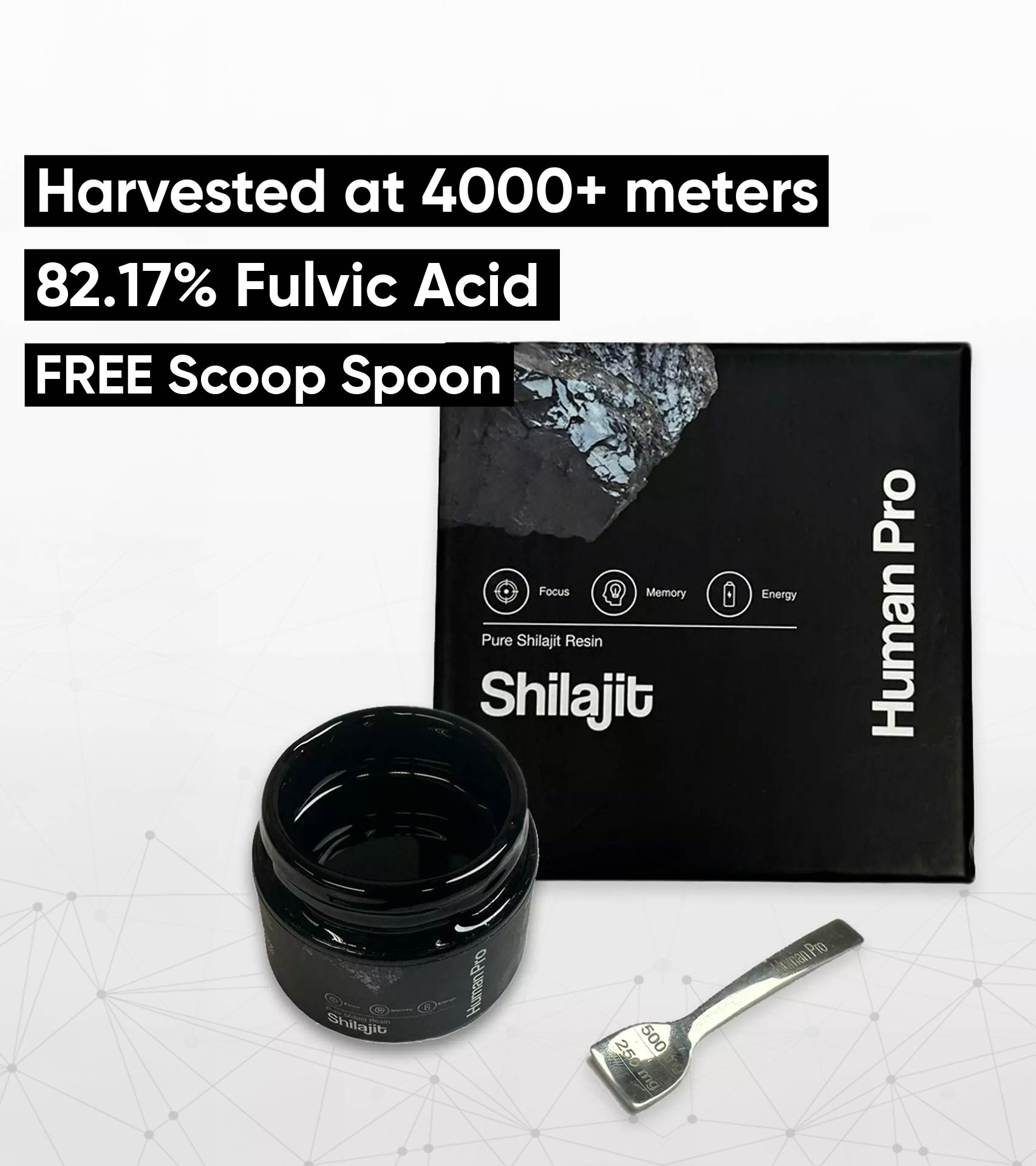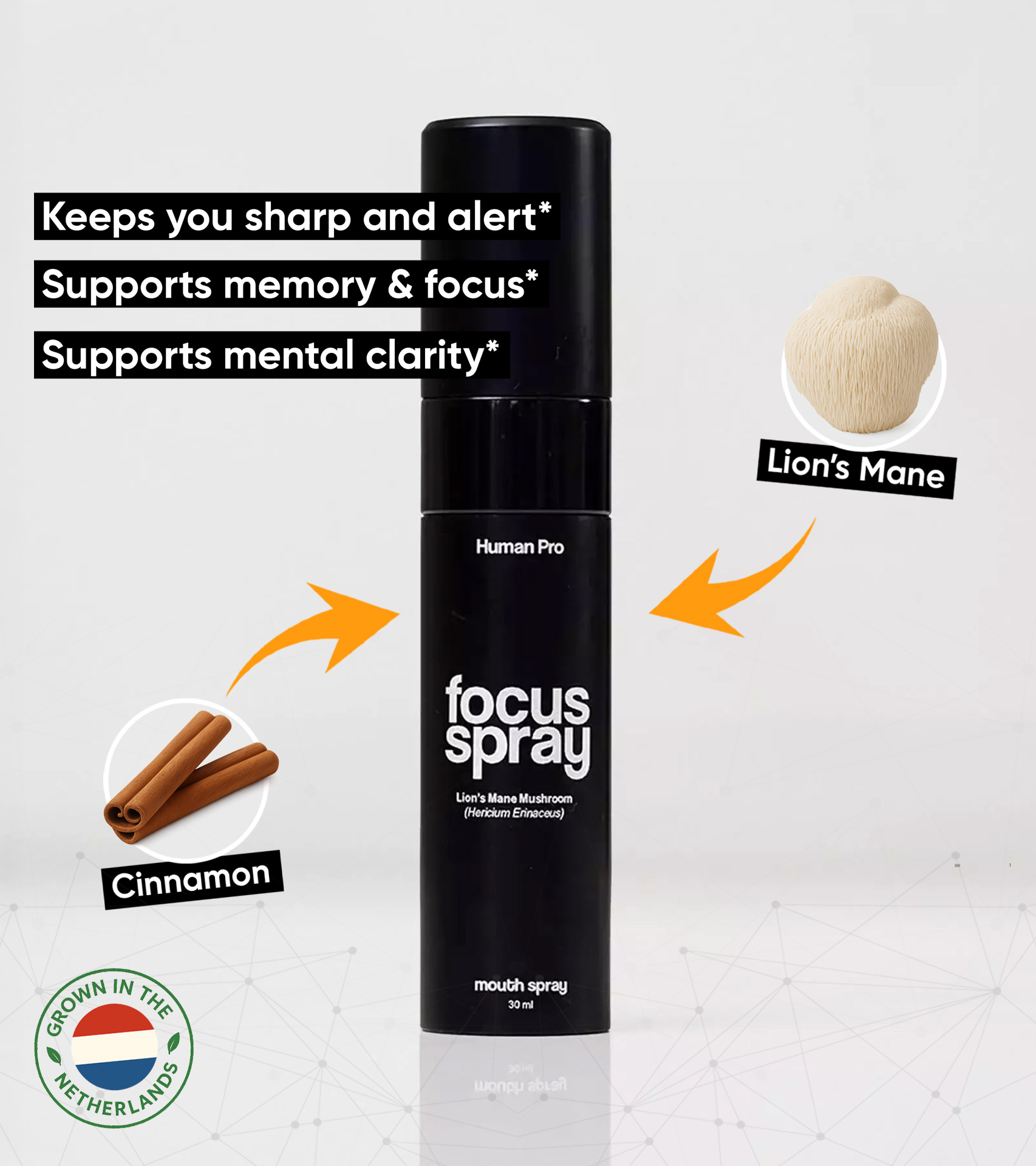Myofascial Release and Microdosing:
A Potent Path to Emotional Healing
The human body is less like a machine and more like a high-capacity hard drive, logging not just physical experiences but the emotional data points of every moment we’ve ever encountered
One of the lesser-known yet deeply influential systems in our body is the fascia, a web of connective tissue that holds muscles, organs, and bones together. But fascia does far more than just provide structure; it stores physical and emotional memories, shaping how we move, feel, and process life.
This blog was inspired by a heartfelt comment from one of our community members on Facebook, who shared their experience of combining myofascial therapy with microdosing.
This is part of what they shared:
“After 4 doses, almost two weeks, I continued to experience a presence richer in emotions. My avoidance and anxiety are still present, but I can observe them for quite a long time. I feel more resilient, and forward-looking.”
When combined with microdosing, myofascial release can indeed become a powerful practice for emotional release, increased resilience, and healing.
What Is Fascia?
Fascia is the body’s unsung scaffolding system—a continuous, high-tensile network wrapping around every muscle, bone, nerve, and organ like the bio-architecture that holds everything in check.
Imagine it like a spider web or a thin film under the skin that holds everything in place while allowing movement and flexibility.
But fascia is not just structural; it has a sensory role, rich with nerve endings. This means it communicates with the nervous system, affecting not only physical sensations but also emotional states.
Tight, dehydrated, or restricted fascia, often referred to as ‘sticky fascia,’ can contribute to chronic pain, reduced mobility, and even emotional distress, as it holds tension patterns created by past traumas or prolonged stress.
The Recent Discovery of Fascia’s Importance
Fascia has a long history of being overlooked in medical and anatomical studies, often dismissed as just a passive layer of tissue with little importance beyond structural support. However, this perception has shifted dramatically in recent years.
For centuries, anatomical texts treated fascia as an incidental structure, often removed to reveal muscles and organs underneath.
It wasn’t until the late 20th century that fascia began attracting scientific interest beyond its mechanical role. Research picked up in the 1980s and 1990s when clinicians and anatomists started to explore fascia’s complex properties and functions.
A pivotal moment came in 2007 with the first International Fascia Research Congress at Harvard Medical School, which brought fascia into the spotlight of biomedical science. By the early 21st century, it was increasingly recognised as a dynamic tissue with integral roles in movement, proprioception, and force transmission.
Today, fascia is known as an essential organ of communication within the body, influencing not only biomechanics but also sensory processing and potentially emotional regulation.
Its role in health and wellness is now viewed through a more comprehensive lens, shaping how we understand movement, physical tension, and the mind-body connection.
How Fascia Holds Emotional Memory
Have you ever felt an unexpected surge of emotion during a deep stretch, yoga session or massage? That is your fascia releasing more than just physical tension.
Trauma, stress, and suppressed emotions often get “stuck” in the body. This phenomenon is known as somatic memory, where the body holds onto experiences the mind may have forgotten or repressed.
As explained in The Body Keeps the Score by Bessel van der Kolk (2014), trauma can manifest physically, with the body storing emotional imprints that traditional talk therapy might not fully address. The fascia, with its dense network of sensory receptors, acts like a recording device, storing these emotional imprints.
When fascia tightens in response to stress or past experiences, it’s less like the body holding its breath and more like an operating system running background processes you forgot were open.
The tension isn’t just physical—it hijacks bandwidth, subtly distorting how you think, feel, and react without clear cause. Myofascial release isn’t a soft reset; it’s a force-quit for those processes, freeing up mental and physical capacity you didn’t realise was bogged down.
What Is Myofascial Release?
Myofascial release is a form of physical therapy focused on relieving tension in the fascia. Unlike traditional massages that target muscles, this technique works with the connective tissue, applying gentle, sustained pressure to areas of restriction.
The goal is to restore natural movement, improve circulation, and release deeply held tensions.
Techniques can include:
- Gentle, sustained pressure on tight areas
- Stretching to lengthen restricted fascia
- Trigger point therapy to release knots in the tissue
The process can feel like hitting ‘defrag’ on your body’s operating system, where each release of tension reorganises both the physical knots and the buried emotional code intertwined with them.
It can be intense, often bringing up emotional responses as the body lets go of stored memories.
This is where the synergy with microdosing becomes powerful.
The Synergy of Microdosing and Myofascial Release
Microdosing is defined as the practice of taking sub-perceptual doses of psychedelics, a few days a week for only a few weeks at a time, using compounds such as psilocybin, to support cognitive, emotional, and physical well-being.
While the doses are small, their impact can be profound, especially when integrated with therapeutic practices like myofascial release.
Why Microdosing Enhances Myofascial Release
- Sharpened Awareness: Microdosing can help you tune into physical sensations and mental patterns that might otherwise go unnoticed during myofascial treatments.
- Clearer Thinking: Some people find that microdosing supports a shift in mental clarity, making it easier to notice how emotions are linked to physical tension.
- Improved Mind-Body Feedback: The combination of microdosing and myofascial release can help you better recognise how your body responds to stress, tension, and release, offering useful feedback without overthinking it.
- Focused Processing: This practice may create the right conditions to process stuck patterns—both physical and emotional—without feeling overwhelmed by them.
How to Integrate Myofascial Release with Microdosing
Consider the body as a storybook where each muscle, joint, and fascia line carries chapters of your life.
Think of myofascial release as the process of unearthing the hidden stories written in your body, while microdosing offers a fresh lens to explore past experiences with fresh curiosity and deeper self-reflection.
If you are exploring this combination, here are some tips:
- Bruising May Occur: It is not uncommon to experience some bruising as the fascia is released, especially in areas where tension has been held for a long time.
- Unexpected Emotions: After a myofascial treatment, you might notice unexpected emotions surfacing, such as anger, irritation, heightened energy, mental clarity, or sadness. These feelings may arise without an obvious cause, as your body processes emotions that were previously held within the fascia.
- Work with Professionals: Working with a qualified myofascial release practitioner is essential. Look for therapists who have a deep understanding of myofascial techniques, human physiology, and the temporary emotional shifts that can occur during and after treatment. Their expertise can provide both physical support and create a space for processing any emotions that may arise.
- Journaling: After sessions, write down your experiences to process and reflect. Be sure to have a look at my previous blogs about journaling here. If you want to experiment with different types of journaling, you might enjoy this blog.
- Integration: Using myofascial release while microdosing requires a solid integration process. Therapy, meditation, and/or mindfulness practices are vital tools to help you catalyse and move through the emotions that have come up for processing.
Ready to Start Your Microdosing Journey?
Microdosing is a confronting practice, and so are myofascial release treatments. Combining the two offers profound effects.
If you are curious about microdosing and want to begin your journey with the right support, check out our Starter Pack and read my article on how to get started as a beginner.
Remember that you are supported in all aspects of your journey via our robust Facebook and Discord communities, through our monthly group coaching calls, and/or via one-on-one coaching sessions with our coach Asha.
Take the first step towards your mind-body alignment today.
As always,
Flow strong
Gino






0 thought on “Myofascial Release and Microdosing”